The boardwalk at Magee Marsh is legendary. The seven acres of swampy woods that it wends through are hallowed ground to 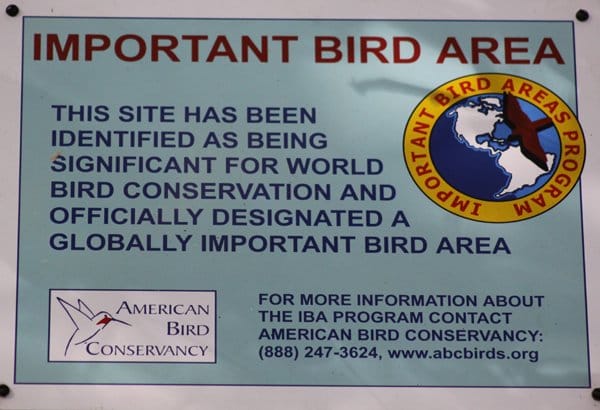 any birder that has visited and to many that only aspire to. The volume and variety of wood-warblers that are regularly seen in spring migration there rival or best anywhere else in the world that the birds are seen. Wood-warblers drip from the trees, feed on the boardwalk, and sing at close range. Birders show up in numbers nearly as impressive, practically threatening the structural integrity of the boardwalk they crowd in so tightly.
any birder that has visited and to many that only aspire to. The volume and variety of wood-warblers that are regularly seen in spring migration there rival or best anywhere else in the world that the birds are seen. Wood-warblers drip from the trees, feed on the boardwalk, and sing at close range. Birders show up in numbers nearly as impressive, practically threatening the structural integrity of the boardwalk they crowd in so tightly. 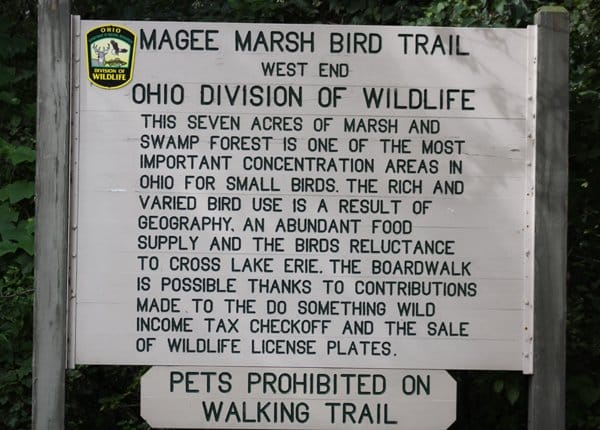 This impressive spectacle is the prime reason that northwestern Ohio is rapidly becoming recognized for some exceptional birding, birding that draws tens of thousands of birders and millions of their dollars to the region.
This impressive spectacle is the prime reason that northwestern Ohio is rapidly becoming recognized for some exceptional birding, birding that draws tens of thousands of birders and millions of their dollars to the region.
I have never been on the boardwalk at Magee Marsh in spring.
But I have now visited Magee Marsh in autumn, or, technically, the very tail end of summer, but whatever the season might actually have been the birds were not in their 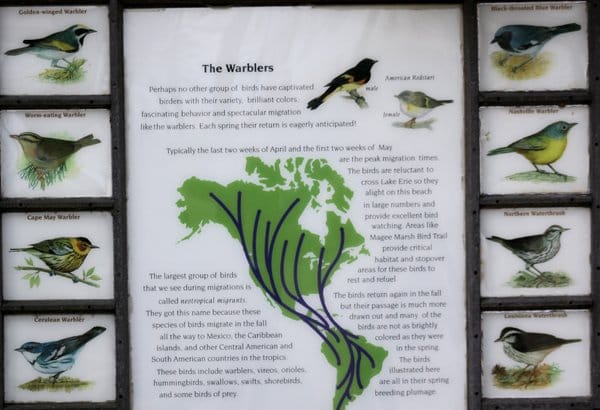 breeding finery and they were heading south. They were also not concentrated like they are in spring when birds pushing north hit up against the south shore of Lake Erie and decide that the seven acres of woods in Magee Marsh are preferable to a long flight over open water. No, in fall there are less birds, mostly those caught out over the lake as dawn broke. They too find the seven acres an irresistible attraction. Birders, however, seem more willing to miss the fall migration than the spring. Even with nearly a thousand birders in the area for the Midwest Birding Symposium neither of my two visits to the famed boardwalk was impeded by hordes of birders.
breeding finery and they were heading south. They were also not concentrated like they are in spring when birds pushing north hit up against the south shore of Lake Erie and decide that the seven acres of woods in Magee Marsh are preferable to a long flight over open water. No, in fall there are less birds, mostly those caught out over the lake as dawn broke. They too find the seven acres an irresistible attraction. Birders, however, seem more willing to miss the fall migration than the spring. Even with nearly a thousand birders in the area for the Midwest Birding Symposium neither of my two visits to the famed boardwalk was impeded by hordes of birders.
My first visit, in the company of my Massachusetts-based birding buddy, Christopher Ciccone, was in the late morning of Saturday, 17 September, and we merely and metaphorically touched our toes to the deep waters of the Magee Marsh boardwalk. But even the thirty meters or so that we walked down the boardwalk was enough to net us a Yellow-billed Cuckoo that a field trip led by the Kaufmans had found.
a shy Yellow-billed Cuckoo
But my real Magee Marsh boardwalk experience was to wait until early Sunday morning, the final day of the Midwest Birding Symposium. I arrived about an hour after sunrise and quickly realized that the birds were most active where sun was already hitting the trees. A pair of fellow birder-photographers pointed me to a nice spot where a fallen tree left a gap in the canopy and bare branches for birds to perch on as they foraged. Of course, not everything was a wood-warbler.
Eastern Wood-Pewee
molting Northern Cardinal
Gray Catbird
I really had a good time and enjoyed seeing great birds and hanging out with fellow birders who all were friendly, helpful, and more than willing to point out whatever it was that they happened to be seeing at the moment. There were even wood-warblers!
Blackpoll Warbler
Cape May Warbler
Common Yellowthroat
I saw a host of other good birds as well, from Gray-cheeked Thrush to Philadelphia Vireo. A real highlight was a flock of six Black-bellied Plovers that was flying over that I suddenly realized lacked black feathers in their wingpits. American Golden-Plovers! The flyover that I managed a shot of on my walk back to my car, however, was a little bit more common.
many European Starlings
I can’t wait for my next visit to Magee Marsh. Maybe spring of 2012? I wonder if there is some kind of organized birding activity at that point?
…
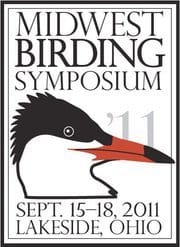 This post was written in my capacity as an “Official Blogger” at the 2011 Midwest Birding Symposium which is like being President of the United States except without Secret Service protection and the ability to drop bombs on people you don’t like. If you somehow made the absurd decision to not attend the symposium this year you should make amends and plan to attend the 2013 Midwest Birding Symposium which will also be held in beautiful Lakeside, Ohio. Thanks to the folks at the symposium for having me and I’ll see you all in 2013!
This post was written in my capacity as an “Official Blogger” at the 2011 Midwest Birding Symposium which is like being President of the United States except without Secret Service protection and the ability to drop bombs on people you don’t like. If you somehow made the absurd decision to not attend the symposium this year you should make amends and plan to attend the 2013 Midwest Birding Symposium which will also be held in beautiful Lakeside, Ohio. Thanks to the folks at the symposium for having me and I’ll see you all in 2013!
…


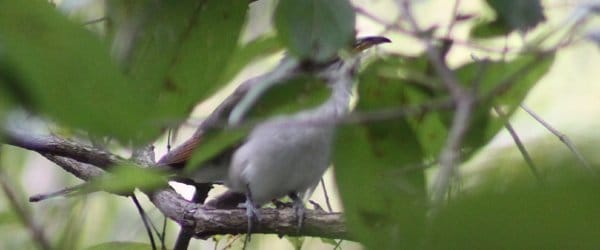
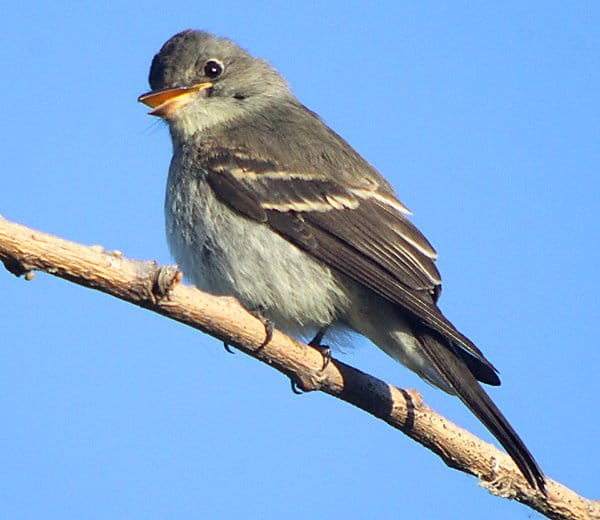
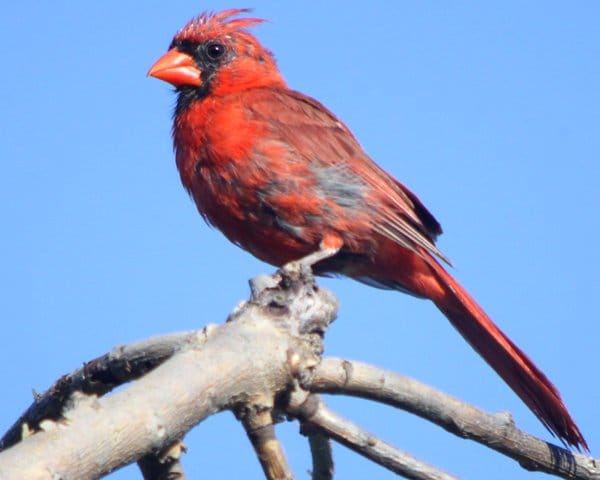
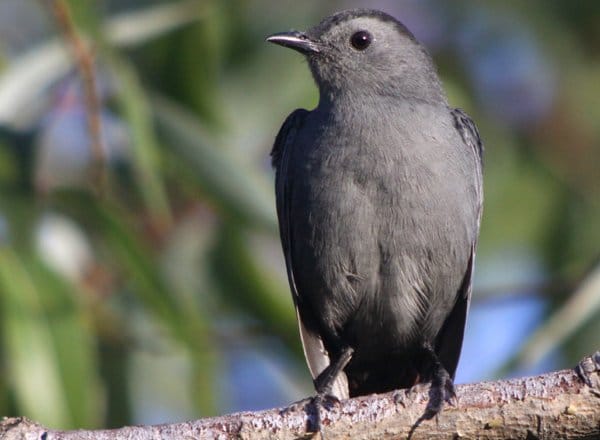
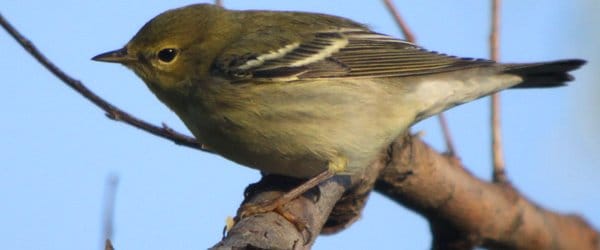
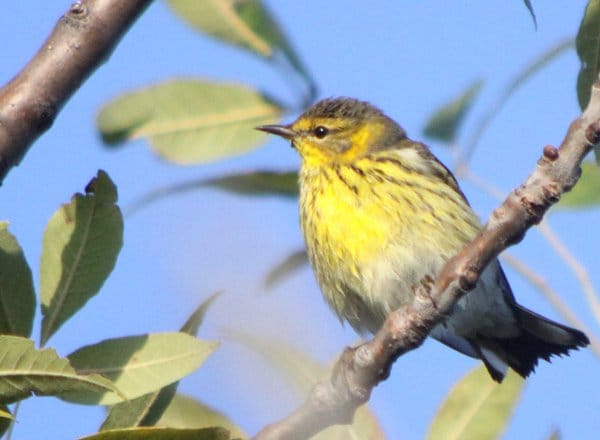
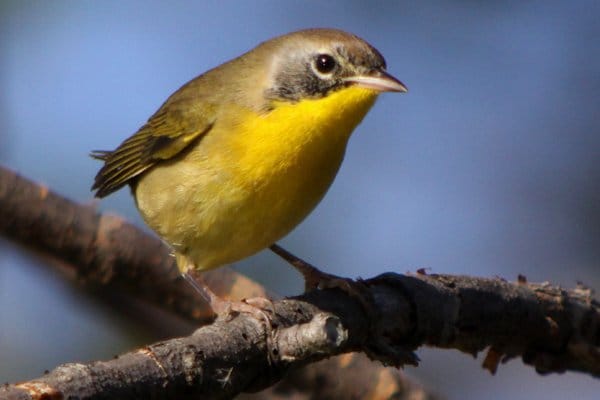
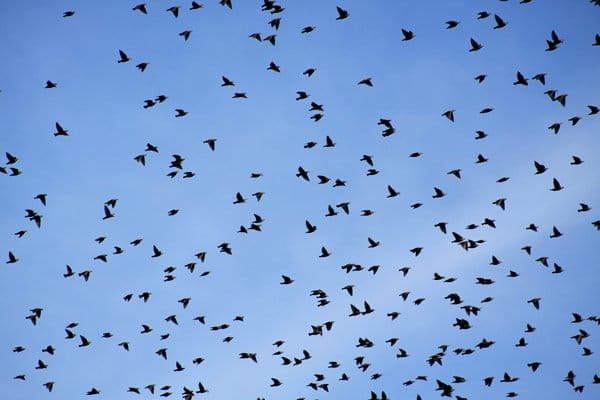











Pretty impressive shots! I so regret not making it over to Magee when I lived in the northeast.
The true grandeur of the boardwalk at Magee – as far as I am concerned – is not necessarily the variety of species. I have usually seen more species per day at e.g. Point Pelee or Rondeau PP in Canada. What struck me at the boardwalk in comparison to other migrant traps or funnels is the incredible proximity to the birds and the photo opportunities!
What an amazing place!
I’m curious. As a videographer, I have considered Magee Marsh off limits because of the boardwalk. You can’t shoot bird video from a boardwalk because of the shaking as people walk by. Are there spots on solid ground scattered about where the birding is as good as on the boardwalk?